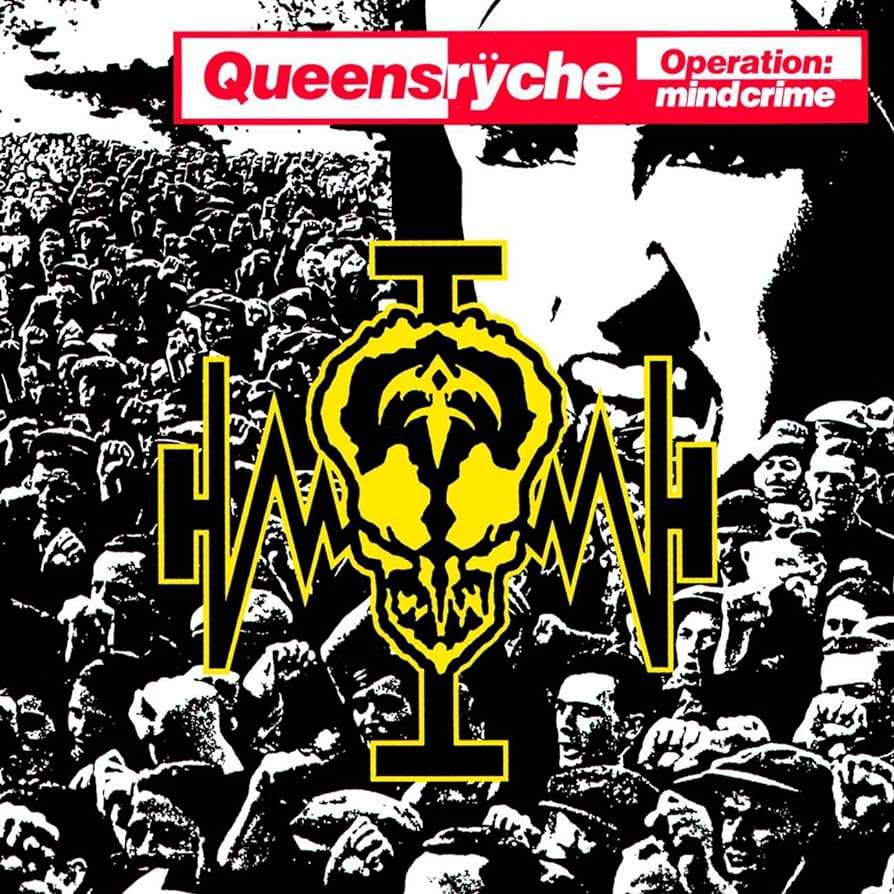The Needle Lies: Queensryche’s masterpiece “Operation: Mindcrime” (1988)
Operation: Mindcrime remains as one of the most iconic albums of its time and one of the fundamental pillars of Queensrÿche’s discography.

Last year we celebrated the thirty-fifth anniversary of Operation: Mindcrime, the third release by the Americans Queensrÿche and one of the fundamental pieces of progressive metal that today continues to stand as one of the best albums of the decade and of heavy metal in general. Perhaps for that reason, and due to lack of time, we could not dedicate an entry to it as it deserves, so it is time to dedicate the time that an album of this caliber needs and return to Nikki‘s story a few years later.
Before delving fully into this interesting story, the most necessary thing would be to place an album like Operation: Mindcrime within the extensive career of Queensrÿche, one of the most beloved bands of the genre and unfortunately one of the most forgotten in time, which it has always been ahead of many others and has never been recognized as what it should have been.
The Mob, where it all began
The band was formed in the early eighties when Michael Wilton and Scott Rockenfield, guitarist and drummer respectively, decided to form their own band after having met in CrossFire, a cover band that was dedicated to performing songs by Iron Maiden, Judas Priest or Black Sabbath, among others. It was then that they met bassist Eddie Jackson and guitarist Chris DeGarmo, creating at that time the first formation of The Mob – which would later be called Queensrÿche – with Geoff Tate as the band’s vocalist, who had agreed to be part of The Mob after Babylon, his previous band, dissolved.
Tate would show his disinterest in heavy metal shortly after and would continue working with Myth, an unknown progressive rock/metal band that practiced a genre similar to what Queensrÿche would do shortly after. They decided to record their first demo in 1982 and called Tate to record the four songs they had composed for said debut, but unfortunately they did not manage to be accepted by any label. Tate was still part of Myth at that time and The Mob began to recruit a new vocalist without success.
The Mob‘s managers – Kim and Diana Harris – suggested a name change for the group, at which point the band was renamed Queensrÿche. At that time Kim Harris decided to send the demo to Kerrang! magazine and that is when the demo awakens the interest of the scene after receiving a shocking and gratifying review. The Harris sisters decide to re-release The Mob‘s demo under their own label, 206 Records, already as Queensrÿche, selling a considerable number of copies. Tate then decides to leave Myth to join Queensrÿche as their official vocalist, and it is during their performance in Seattle on June 29 and 30, 1983 when Mavis Brodey decides to offer them a contract with EMI in which they are offered the opportunity to belong to the label for fifteen years and during that time they recorded seven studio albums.

Queensrÿche and The Warning, the beginning of a new era
EMI decides to re-release the Queensrÿche demo and after moderate success and considerable sales, the band begins to tour with Quiet Riot in the southern United States along with Twisted Sister on the East Coast and Canada, opening for for DIO in Seattle before releasing their debut album The Warning in September 1984. After releasing their first album, the band was dissatisfied with the album’s production, making some harsh statements about the producer stating that “he had no idea of what Queensrÿche was“.
Reviews of the album are not exactly encouraging after its debut but the single Take Hold Of The Flame is a success in the United States and Japan. Queensrÿche accompanied KISS during part of their Animalize Tour and Iron Maiden during their World Slavery Tour in the summer of that same year, achieving a certain notoriety and becoming even more known thanks to the opportunity to open for bands as big as those already mentioned.
After having toured during that summer and part of the following year, the band entered the studio in mid-1985 to record what would be their second studio album, which would be released shortly after.
Rage For Order, the seed of success
In June 1986 they released Rage For Order, a more mature album clearly oriented towards a more progressive genre, which abandoned the heavier side of the quintet to fully embrace more technical and worked music. The album was recorded in various studios during 1985 and 1986, sharing several recording sessions between the M.D.H. Studios in Bellevue (Washington), Le Mobile Remote Sound Studio (California) and Mushroom Studios in Vancouver (Canada), in addition to using the Yamaha Studios in Glendale to mix the album and re-record other parts that some members did not were quite convinced about. It would later be mastered at Masterdisk Studios in New York.
Perhaps due to the fact that The Warning was not ultimately what the band expected, up to three sound engineers were hired for their new album: Dave Rave Ogilvie, Rob Porter and Keith KC Cohen, in addition to producer Keil Kernon. Mastering process would be handled by Howie Weinberg, who had already worked with Anthrax, Grim Reaper and even Ozzy Osbourne, mastering some albums by Celtic Frost, Pantera, Fear Factory or even Faith No More in the future.
The band is forced at that time to adopt an image closer to glam/hard rock with touches of gothic metal, something that the band had to abide by and that would be reflected in the band’s photo sessions at that time. Their second album received positive reviews upon its release and the band embarked on the tour to promote their new album, opening for Bon Jovi during the tour to promote Slippery When Wet despite the difference in styles. Rage For Order is also the band’s first album to use the Tri-Ryche, which would become the band’s official logo from that moment on.

Operation: Mindcrime, Queensrÿche’s masterpiece
At the end of 1987 they entered Kajem/Victory Studios in Gladwyne (Pennsylvania) and Le Studio in Morin Heights (Quebec, Canada) to record what would be their third studio album. Little did they know then that they would become part of the history of progressive metal with the spectacular Operation: Mindcrime that would be released on May 3, 1988.
For this new album they had Peter Collins as producer as well as Paul Northfield, James Barton, Jim Campbell, Glen The Snake Robinson and Paul Milner as sound engineers. Mastering was done by Bob Ludwig and Ronald Prent. With such a team of workers and a great story structured in fifteen tracks, they embark on the recording of their third full-length, taking advantage of the moment to offer the best of each of their members in Operation: Mindcrime.
For this new album they decide to create a story of corruption, love and betrayal that revolves around Nikki, protagonist and martyr of Operation: Mindcrime, a heroin addict who is seduced by Dr. X on behalf of his organization. The story begins in a hospital room when Nikki wakes up completely absent and with her mind blank, at that moment she begins to remember some moments of her life with little clarity, something that we can appreciate in I Remember Now, the first song on the album.
Later he remembers that years ago he was seduced by the mysterious Dr. X to become part of a revolutionary organization that fights against the corrupt system, as we can hear in Anarchy X and Revolution Calling. Dr. X uses certain drug addiction and brainwashing techniques that turn Nikki into a puppet of the system that is capable of acting blindly every time Dr. X speaks the word Mindcrime, transforming him into a manipulated object that cannot remember his actions after having committed them, that’s what they tell us in the eponymous Operation: Mindcrime.
Nikki‘s ego begins to grow as does her position within said organization, becoming increasingly captive of her leader’s word, which Speak tells us. It is then that Father William, a corrupt priest who is a friend of Dr. X, decides to offer him the services of Sister Mary, a prostitute who has become a nun, as we can hear in Spreading The Disease. From that moment on, Nikki begins to distrust Dr. X‘s word as her relationship with Mary grows, coming to question the means and purpose of his actions towards the organization, as occurs in The Mission.
Dr. X then becomes aware of Nikki‘s change and Mary‘s strong personality, at which point he orders Nikki to get rid of both Father William and Mary. Nikki proceeds to successfully get rid of William, but after confronting Mary she realizes that she is unable to kill her. This confrontation is part of the enormous Suite Sister Mary.
Nikki realizes that he is in love with Mary and decides to go before Dr. X to tell him that both she and he are leaving the organization, but it is then that Dr. X reminds Nikki that he is an addict and that he is the only one who can offer him the dose he needs in The Needle Lies“. That’s when the confused Nikki returns home to find Mary dead, in Electric Requiem. Feeling guilty about her death and thinking that Mary might have committed suicide because of him, Nikki begins to go crazy and goes out into the street shouting his lover’s name in Breaking The Silence.
Nikki is caught wandering the street shouting Mary‘s name and is arrested for weapons possession, later charged with the murder of Father William and Mary herself as ordered by Dr. X in I Don’t Believe In Love. Nikki ends her story internally in a mental hospital, remembering the moments she had with Mary during Waiting For 22 and My Empty Room.
Reality returns to the present with a Nikki who has recovered her memory, just where the story begins in I Remember Now, with Nikki watching himself in the mirror unable to recognize himself and pained to see what he has finally become on Eyes Of A Stranger, which closes the story of this wonderful concept album.
The success of Operation: Mindcrime exceeded the expectations of the band itself, being unanimously praised by the majority of the press at the time, with special emphasis on the work of Geoff Tate on vocals and production by Peter Collins.
The band performed the album in its entirety during the Empire tour in 1990. Operation: Mindcrime was followed up in 2006 with the release of Operation: Mindcrime II, a minor album in which Ronnie James Dio plays the role of Dr. X and Pamela Moore takes over the voice of the late Mary. In the presentation tour of its sequel, both works were performed in their entirety, a show lasting two and twenty hours that was captured in the live Mindcrime At The Moore from 2007, which includes the performance that Queensrÿche offered for three nights at The Moore Theater in Seattle.





![amorphis-presentan-nuevo-sencillo-light-and-shadow-de-nuevo-album-borderland-1849[1]](https://alliedforces.es/wp-content/uploads/2025/08/amorphis-presentan-nuevo-sencillo-light-and-shadow-de-nuevo-album-borderland-18491-300x159.jpg)



